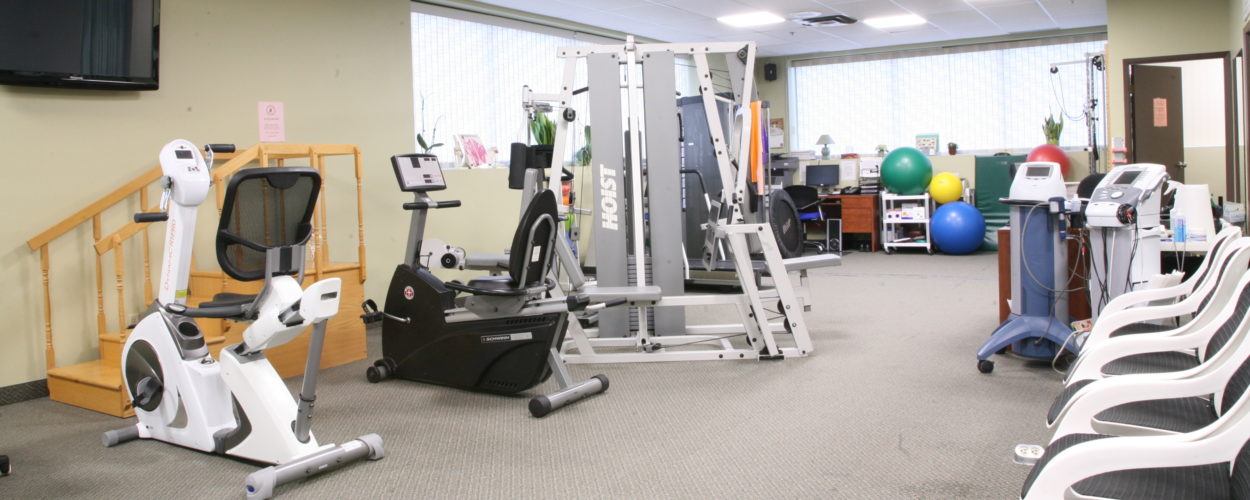Physiotherapy is a primary care, regulated health care profession for the prevention or treatment of injury through physical means. Its primary purpose is to enhance an individual’s quality of life through improved health and fitness, by promoting independence and encouraging persons to assume responsibility for their own health through guidance and education on aspects of movement function, injury pathology, tissue healing, techniques for recovery, pain relief and injury prevention.
A physiotherapist is a highly trained and university educated (Bachelor/Masters) professional who is a recognized expert in the treatment of musculoskeletal injuries and physical rehabilitation and is an essential part of the health care system. Due to their detailed knowledge in their areas of expertise, physiotherapists are frequently called upon by physicians to establish clinical diagnostic problems related to physical dysfunctions prior to commencing treatment, or, to determine if treatment is warranted. Physiotherapists are called upon to treat a wide range of injuries and pathologies including back and neck pain, sports injuries, work-related problems, in addition to injuries sustained in motor vehicle accidents.
The heart of treatment lies in the physical assessment, which is important in establishing a clinical diagnosis for physical dysfunctions. Based on this structured and detailed assessment, a physiotherapist can then plan an appropriate treatment program specifically tailored to that individual.
Physiotherapists have a number of noninvasive means of treatment that are available to them and can include exercise, manual therapy (mobilization, manipulation or massage), electro modalities, work hardening, as well as education and home exercise. Emphasis is placed on what the patient can do for him/herself and on the prevention of future injuries or disability. One of the primary goals of physiotherapy is to provide the most optimal environment for healing to occur and to restore normal movement patterns.
Physiotherapists examine all aspects of the patient’s problem, including the illness or injury, and the patient’s lifestyle and work. The goal of the physiotherapist is to improve quality of life through maximizing a patient’s movement and functional ability. They believe that the best way to achieve this is by encouraging independence and having patients participate as much as possible in the process of getting better. In this way, the patient’s focus is on regaining confidence and returning to their usual way of life.

